Most people are concerned about the air quality outdoors. But what about the air quality inside of your home? The air inside your home can be even more contaminated than the air outside, and it plays a huge role in how you and your family feel on a day to day basis.
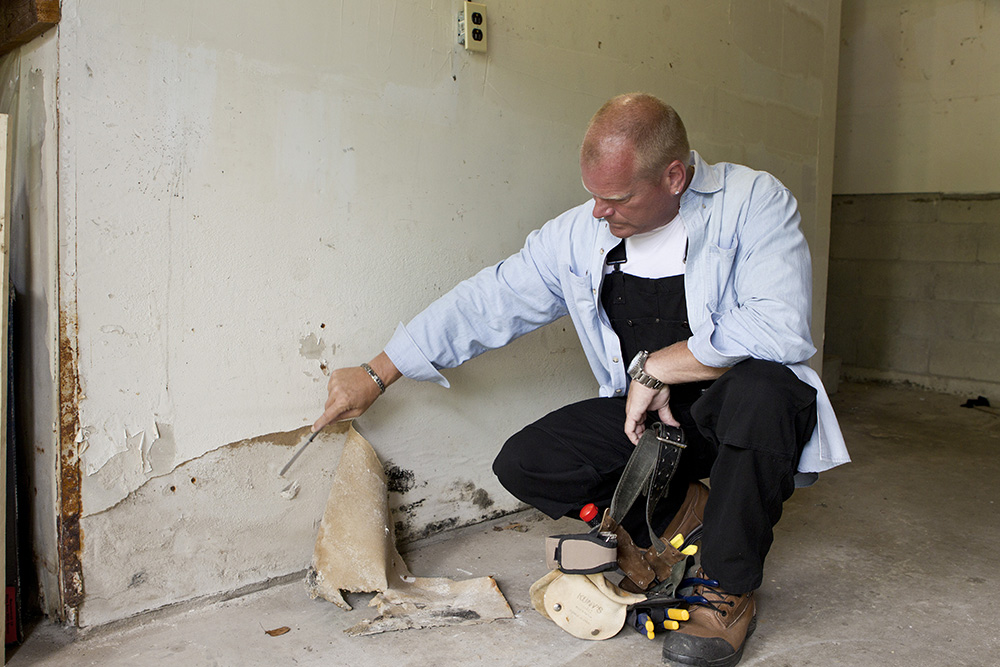
1. Mould
Every home has some mould producing mycotoxins and allergens– it’s natural. Some mould can produce toxins that can affect our health along with other issues like asthma, eczema, nasal allergies, and even abdominal cramping. You need to make sure that the mould spore count in your home is low, and tackle any issues that may cause growth. Mould will thrive in conditions where there’s air, moisture, and a food source. Materials in your home such as wood, drywall and carpeting, are perfect targets. Also check the building envelope. Are there cracks in the foundation? Is there rotted framing around windows? Is there an issue with a leaky roof? These are all conditions that could cause mould growth.
Could your home be damaging your health? Click to read about the 15 ways your home could be making you sick.
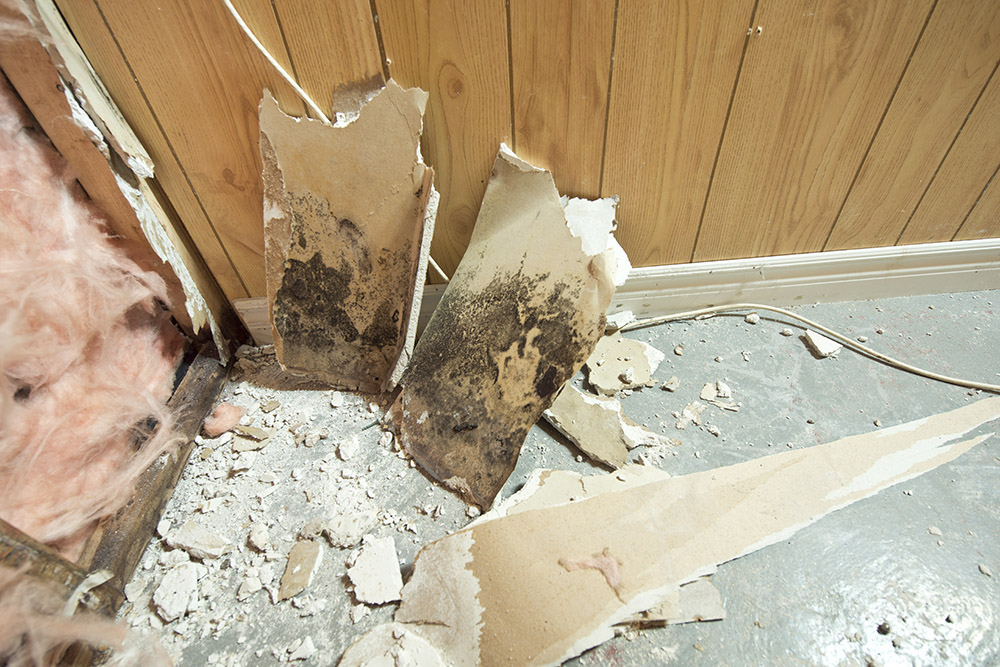
2. Testing for Mould
So you notice a musty smell in your basement but can’t see any signs of mould. Mould can be invisible to the untrained eye. If you suspect mould in your home, it’s best to call in the pros to check for possible moisture issues around your home, and to do an Air Quality (IAQ) assessment. During the assessment, the inspector will go through your entire home and check for indoor air quality risks. They can also take air samples to be analyzed at a certified lab, which will give you a full report with results, including the types of mould and spore count. So if you suspect a mould issue in your home, be smart and get your home inspected.
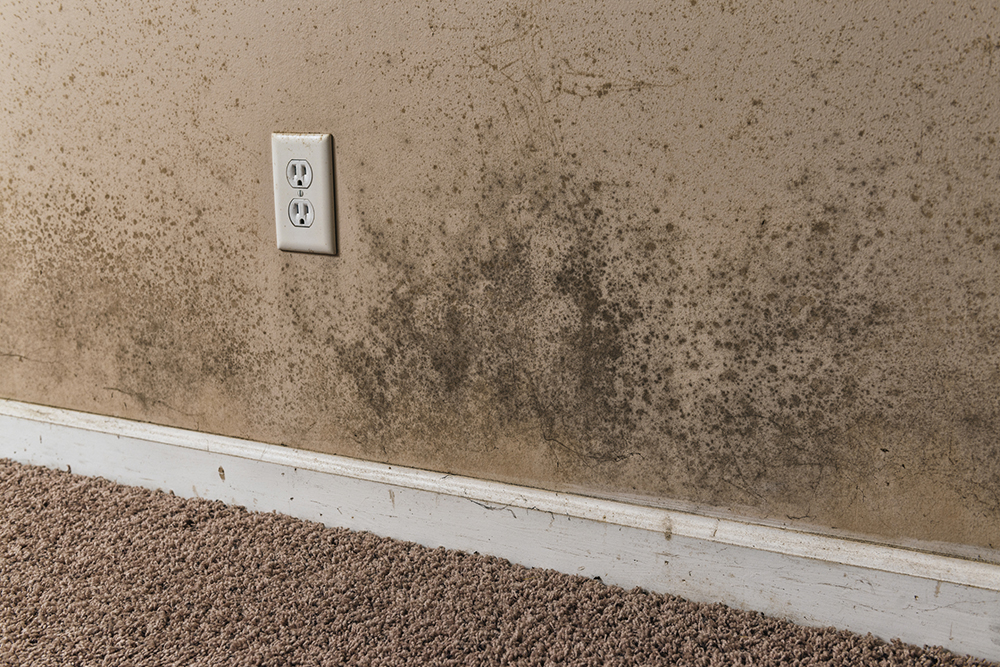
3. Solving Problems with Mould Growth
Start by removing the excess moisture and humidity from your home with proper ventilation, especially in traditionally damp areas like the basement, bathrooms, kitchen and laundry room. Running a dehumidifier and ensuring the HRV or ERV are operating correctly and the filters are clean as well as keeping humidity levels between 35% and 45% is a good starting point.
Beware of these 15 danger zones in family homes.
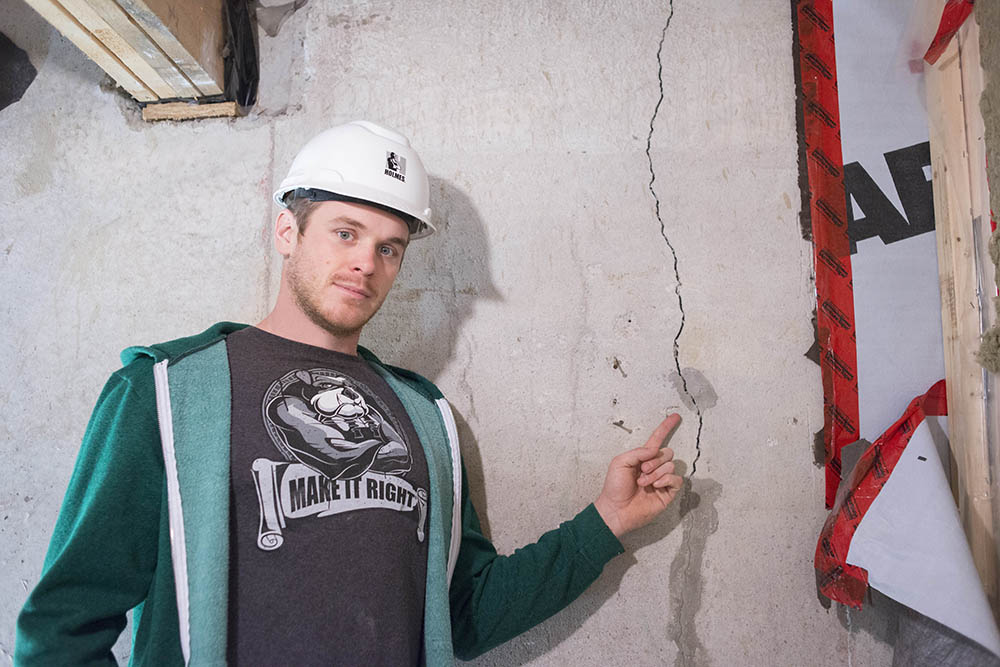
4. Radon
Radon is a colourless, odourless, radioactive gas that comes from the breakdown of uranium, which is found in rocks, soil, or water. When radon is released into the atmosphere, it’s diluted. But if it finds its way into your home, it can become trapped and can accumulate, which is when it becomes dangerous. Being exposed to high levels of radon over prolonged periods is known to cause lung cancer. According to Health Canada, 16 percent of lung cancer deaths in Canada are attributable to radon exposure.
Get to know Mike’s son, with 13 things you didn’t know about Mike Holmes Jr..

5. Radon Exposure
So how does radon gas get into your home? Radon can seep in through windows, pipes, unfinished floors, and cracks in foundation walls, floors and even showers and taps. Radon levels are usually higher in basements and crawl spaces because these are areas that are poorly ventilated, and are closer to the radon source (rock, soil or water).
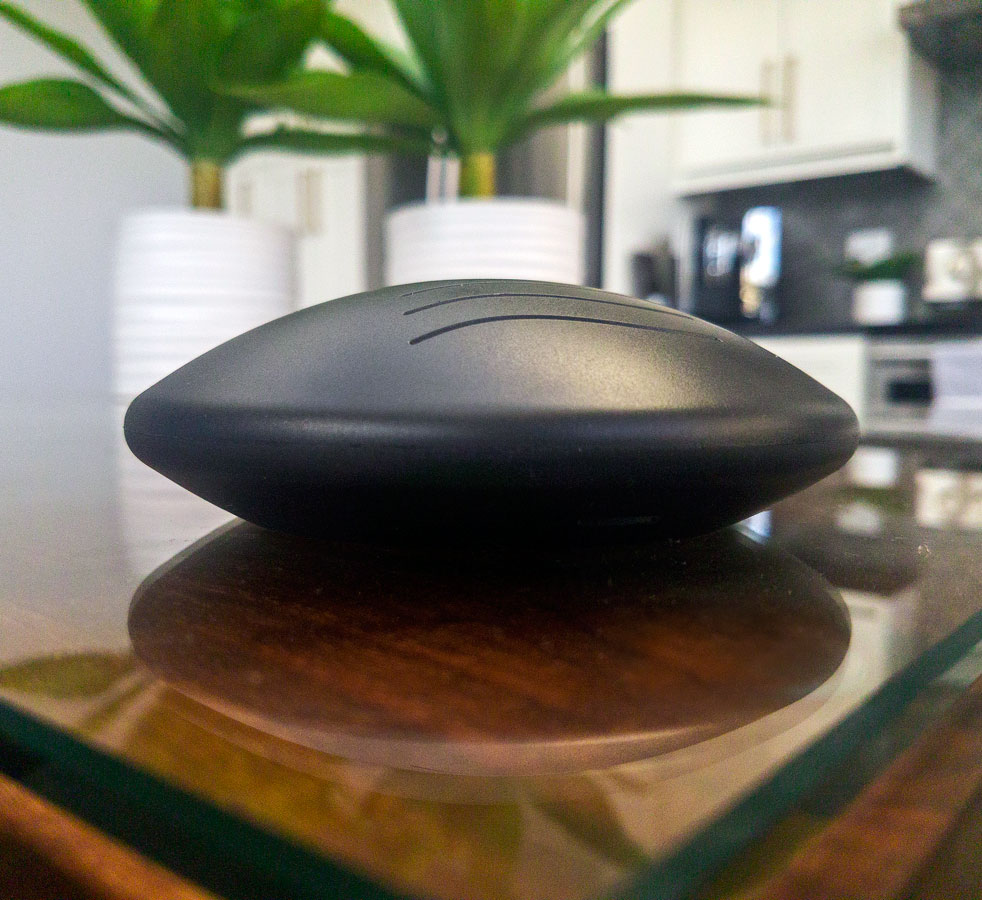
6. Testing for Radon
All homes have some level of radon in them. According to Health Canada, radon in indoor air should not exceed 200 becquerel per cubic metre (Bq/m3; Becquerel is an international standard unit of radioactivity). The only way to know how much radon is in your home is through testing. You can buy a radon test kit and test the air quality yourself. There are short term and long term tests available. There are also radon alarms available that function like a carbon monoxide detector, alerting when indoor air is hazardous. Get your home tested. It could save a life!
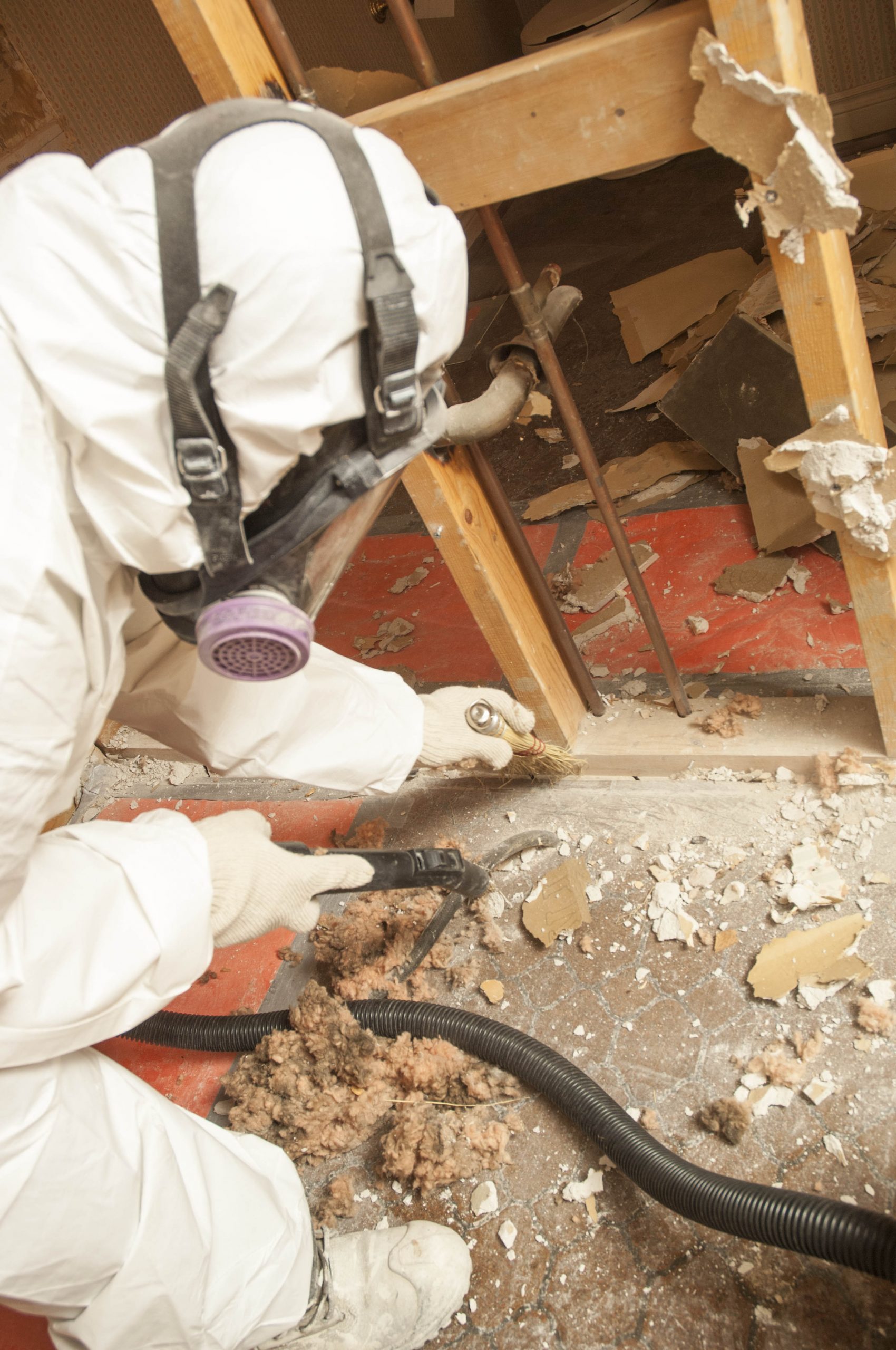
7. Asbestos
Asbestos is a natural fibrous mineral. Because of its durability, strength and being fire resistant, it was widely used in building materials and residential construction products. It wasn’t until the late 1970s that the serious health risks associated with asbestos became known. According to the Canadian Lung Association, exposure to asbestos fibres can cause a type of pulmonary fibrosis known as asbestosis. It is also associated with a type of cancer called mesothelioma, which can develop in the lining of the lungs, stomach, or heart. What makes asbestos so dangerous are its fibres, as when they are disturbed, the fibres are released into the air. When those fibres are inhaled; they can become trapped in the lungs.

8. Dealing with Asbestos
The most important thing to remember when dealing with asbestos is that it is never a DIY job. Asbestos is classified as a hazardous material and therefore must be handled and disposed of according to laws and regulations. If asbestos is found in your home, you need to call in a professional to deal with it. Remember – asbestos is only hazardous if the fibres are at risk of becoming loose.

9. Who to Hire to Take Care of Asbestos
Do your homework when hiring someone to take care of the asbestos issue in your home. Make sure they are certified in the handling and disposal of asbestos. Make sure they take the proper precautions when dealing with hazardous materials like asbestos. Have they dealt with the removal of asbestos before? What type of safety gear will they wear? Doing a job right means doing it safely.
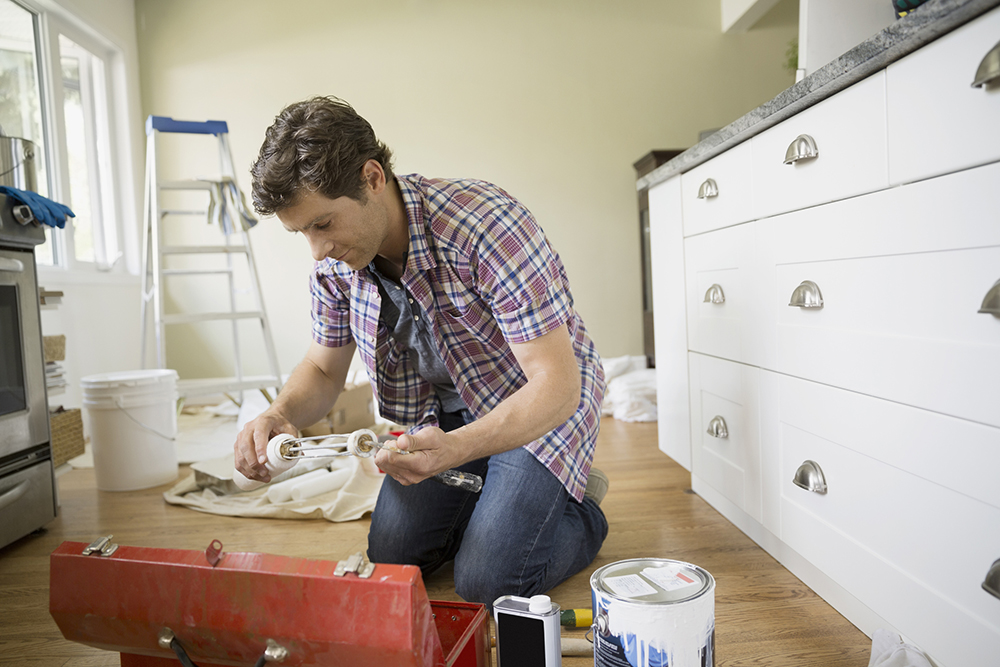
10. VOCs and Formaldehyde
VOCs, or volatile organic compounds, and formaldehyde are a chemical or chemical byproduct that are found in many building supplies and products. Paint, kitchen cabinets, and the adhesives, glues and fabrics in carpeting, furniture and flooring all contain VOCs and formaldehyde’s. Your nose will know – that smell when we walk into a new home or a freshly renovated space, that’s the smell of VOCs.
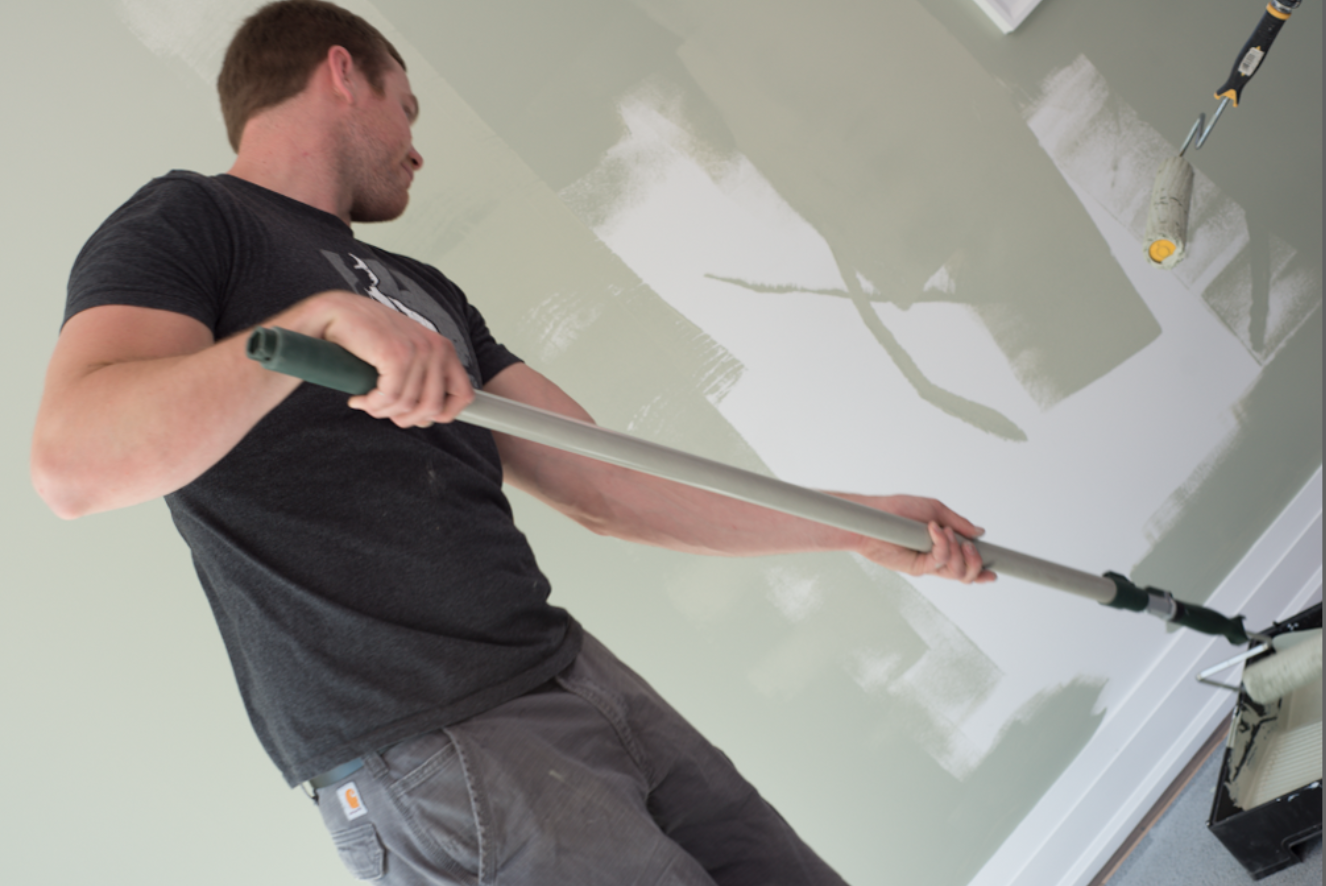
11. The Risks of VOCs and Formaldehyde
The VOCs will evaporate or off-gas into the indoor air, but the length of time that takes will depend on the material. This can take anywhere from several weeks to months and in some cases years. They have been known to cause eye, nose and throat irritations, headaches, dizziness and nausea. In the case of formaldehyde it is a known carcinogen with exposure to higher levels.
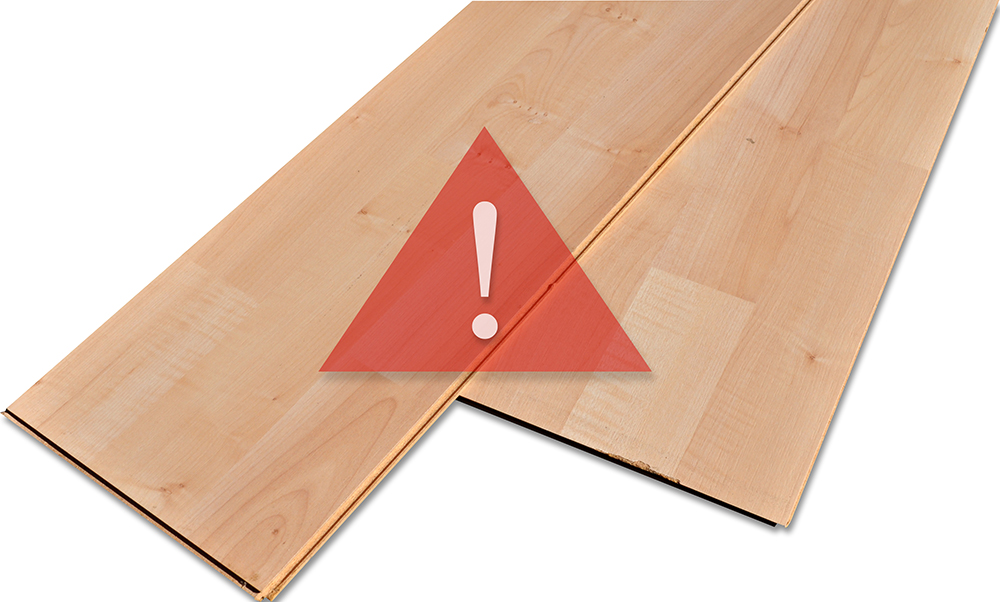
12. Preventing High Levels of VOCs and Formaldehyde
If possible, select custom solid wood cabinetry with a low or zero VOC finish. Go with hardwood instead of vinyl flooring, or natural carpet instead of synthetic. Choose glass, ceramic tile, metal, stone, and other hard inert products that don’t release any VOCs. And look for Green Seal (GS) Standard products, including paints and rubbers, for a safer and more environmentally sound solution. However, don’t be fooled when a product says zero or low VOCs. This does not mean that the product is free from contaminates or VOCs or off gassing. It simply means that they have used alternative chemicals in the manufacturing processing and have substituted one chemical for another that is known to be a little less toxic.

13. Dealing with VOCs and Formaldehyde
New homes, or homes that have just been through a renovation, will usually have higher levels of VOCs. Kitchen cabinets and carpets are huge VOC contributors. Adhesives and caulking are among the worst for off-gassing and VOCs which is why you’re supposed to stay out of bathrooms for at least a couple of hours or even days after caulking. Weather permitting, open windows and run exhaust fans to help circulate fresh air.
HGTV your inbox.
By clicking "SIGN UP” you agree to receive emails from HGTV and accept Corus' Terms of Use and Corus' Privacy Policy.




